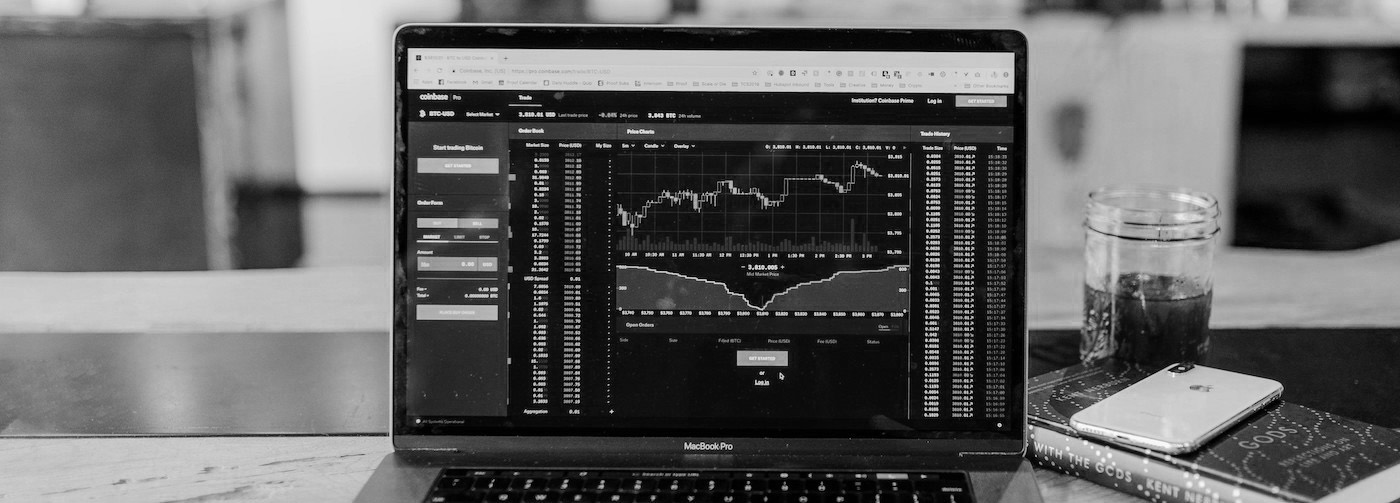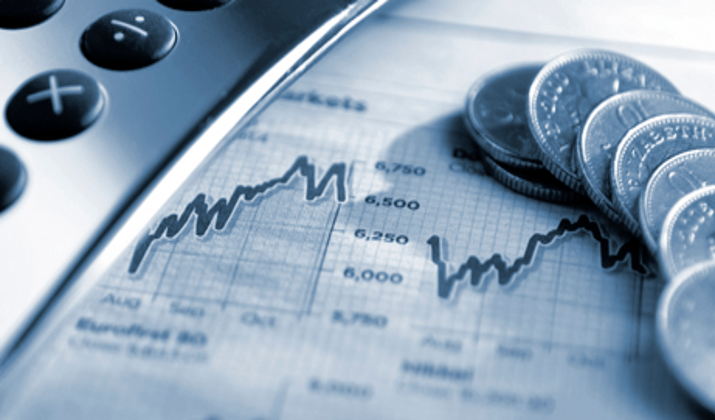Gains and losses – grossly misunderstood


Joao Frasco
Head of Strategic Investments and Manager Research, STANLIB Multi-Manager
If you lost 50% of your money, what return would you subsequently need to get back to your original investment? Your gut instinct would probably be to say 50%, since that is how much you lost. However, with a little consideration you would get to the correct answer of 100%.
Consider the following simple example. You have R100 and lose 50%, or R50. What return would you need in order to get your remaining R50 back to R100? A 50% return on R50 is R25 and would only get you back to R75. You therefore need a 100% return, or another R50, to get back to your original investment of R100.
If you consider possible losses and the subsequent gains needed to fully recover from those losses, it becomes apparent that the gains required are not just higher, they are exponentially higher. The chart that follows shows this relationship and that at the extreme of a loss of 90%, the subsequent gain would need to be 900% – or 10x money back.
Following from this, it becomes clear that it is increasingly difficult to recover from losses, particularly large ones. Although the above is mathematically correct, it does not depict the whole story. In fact, it misses the true story. And creating the wrong impression can lead to bad decision making. We will address this by considering the above from three different perspectives for completeness – mathematically, theoretically, and empirically.



